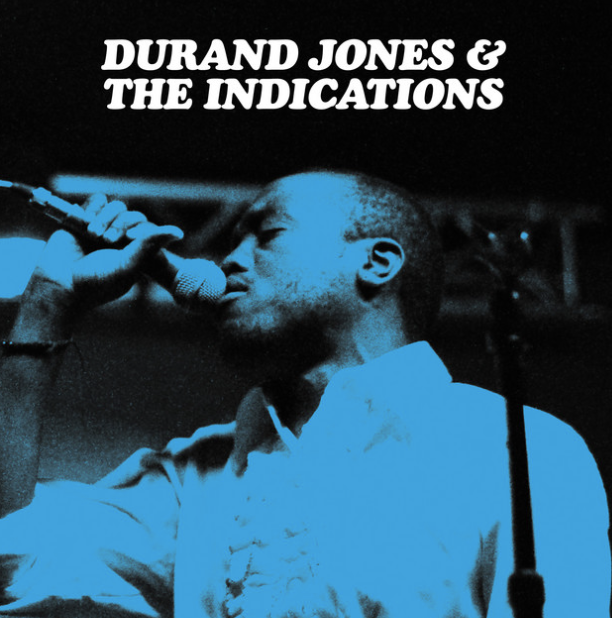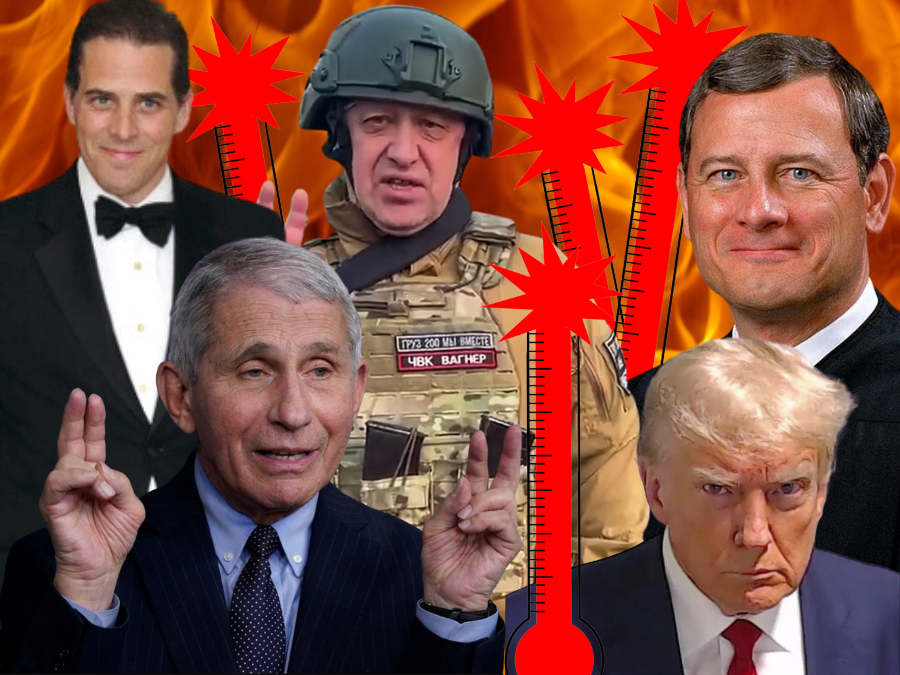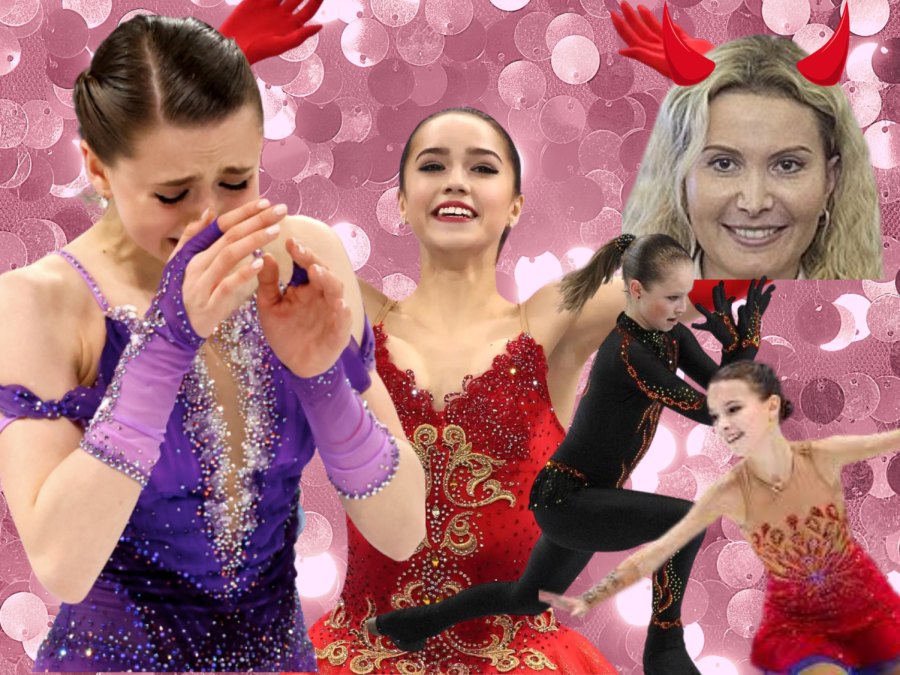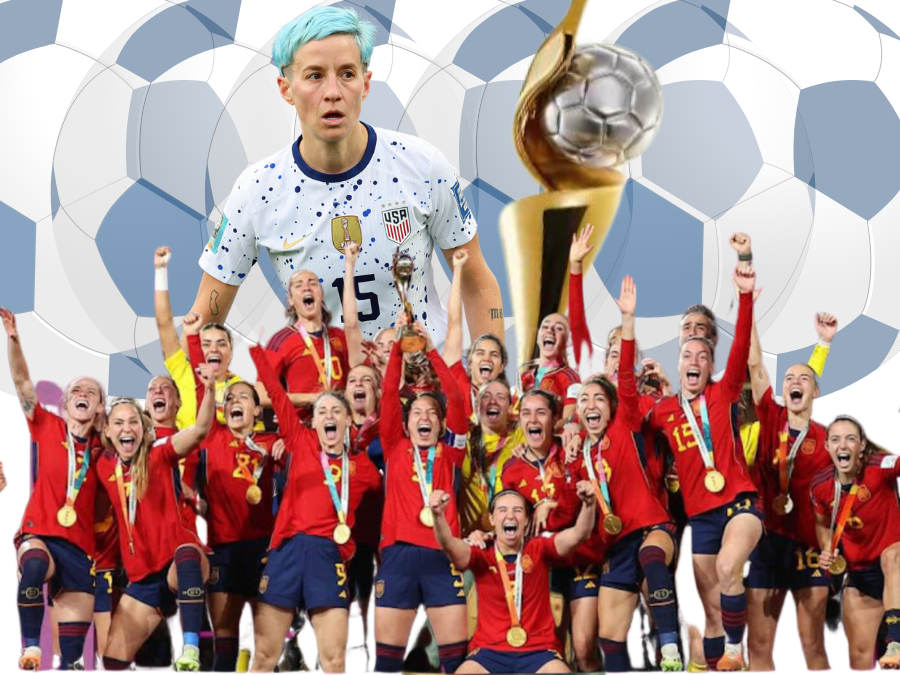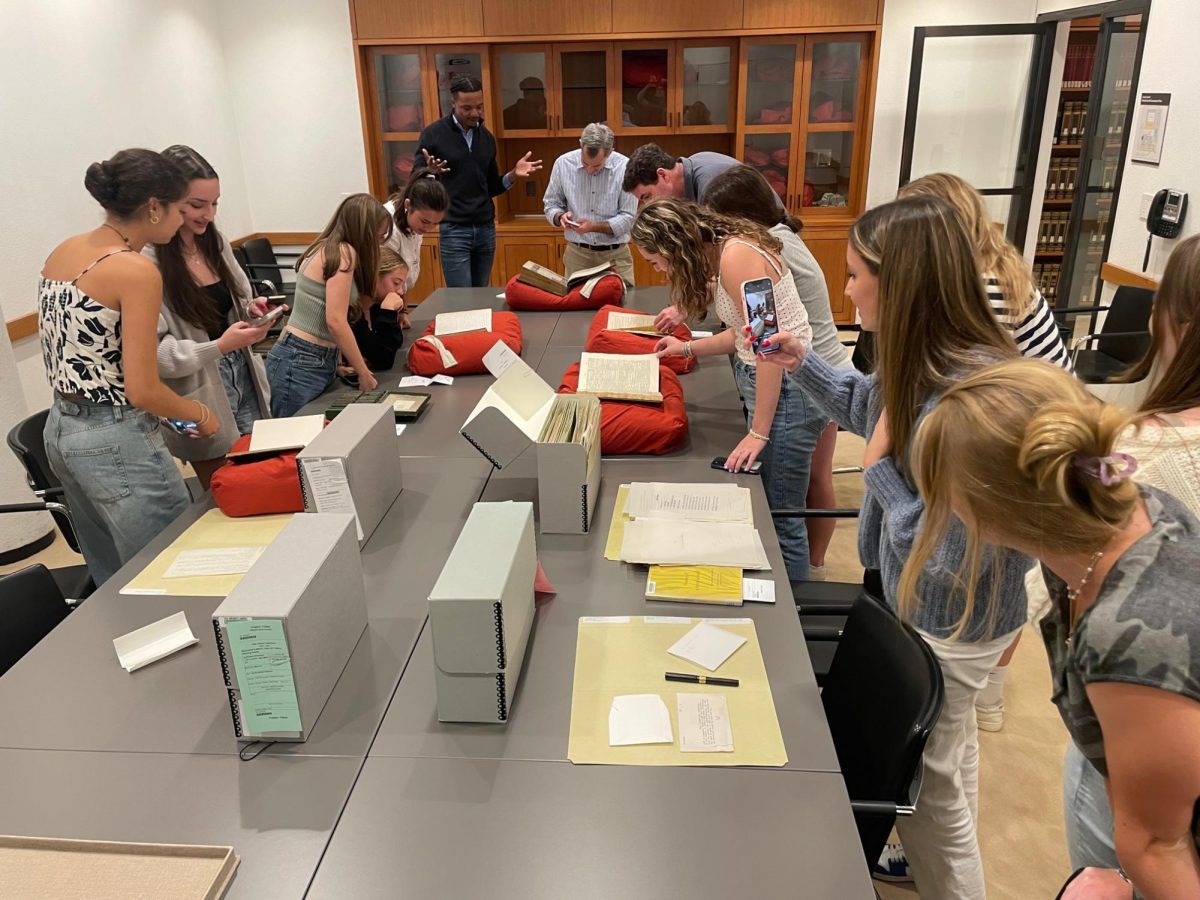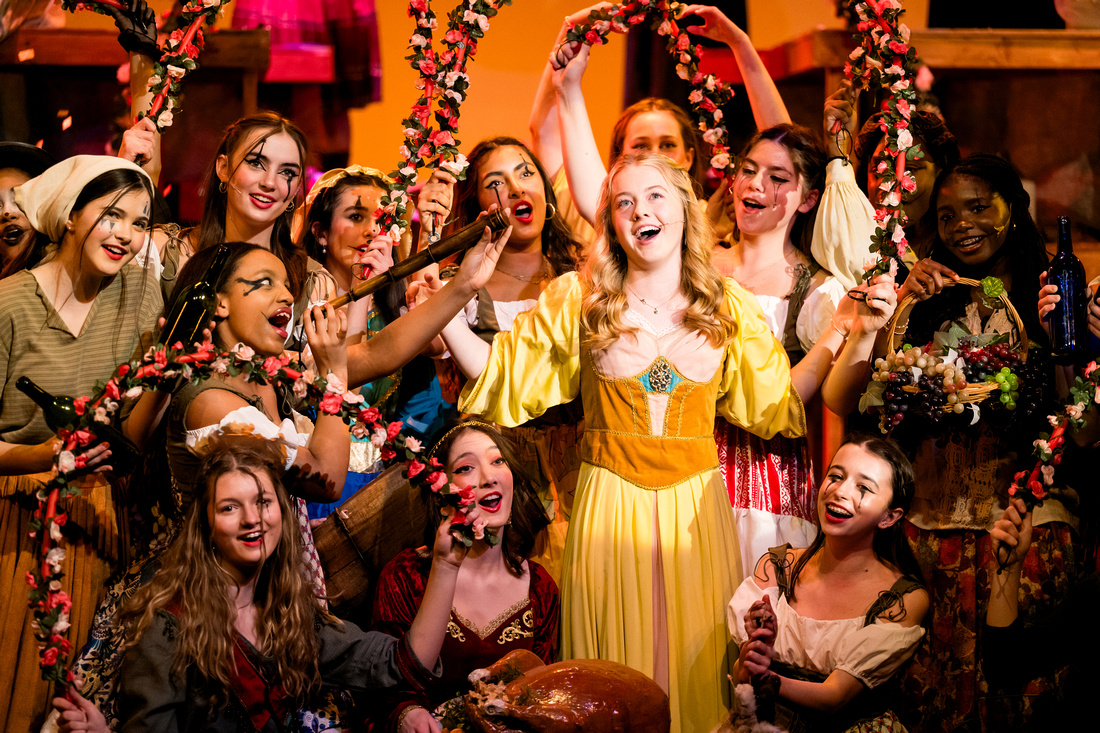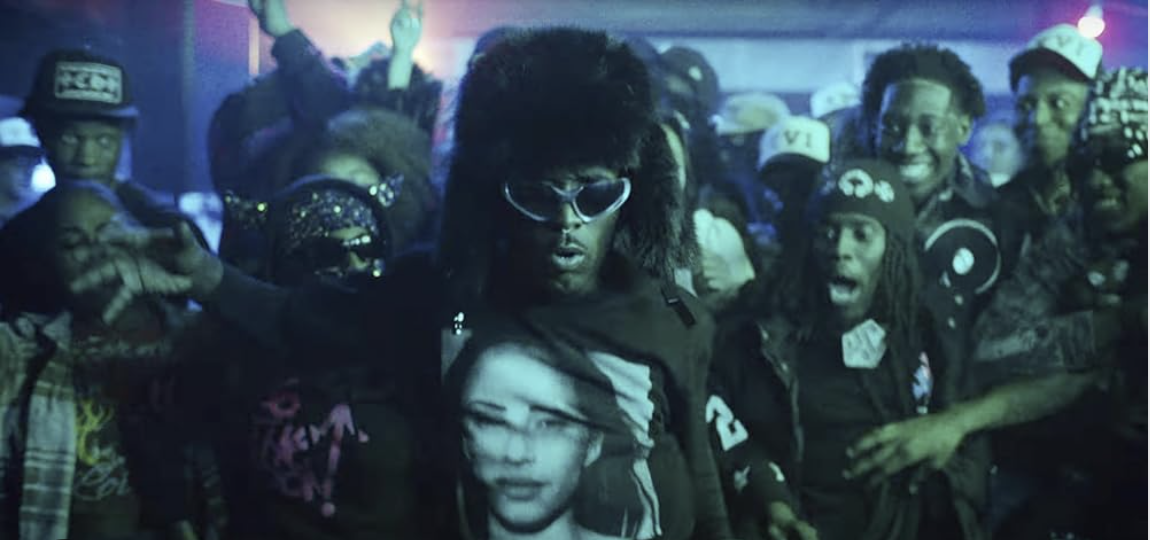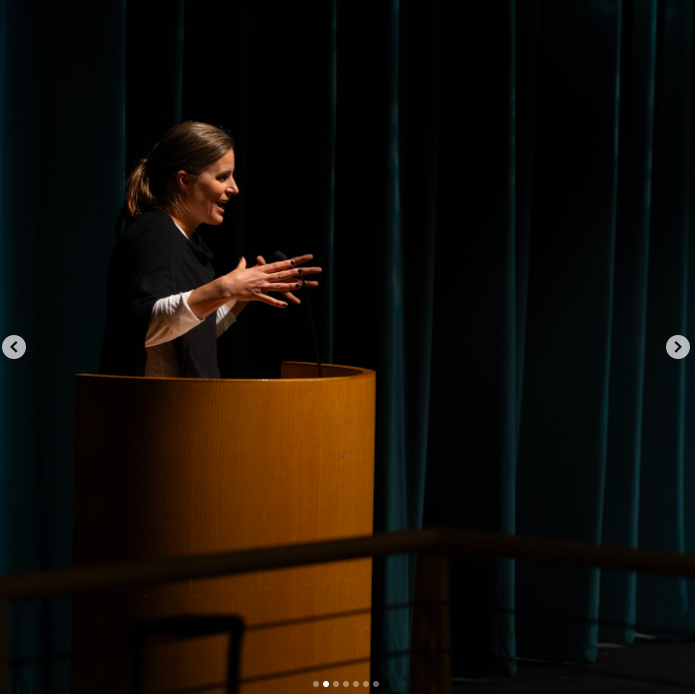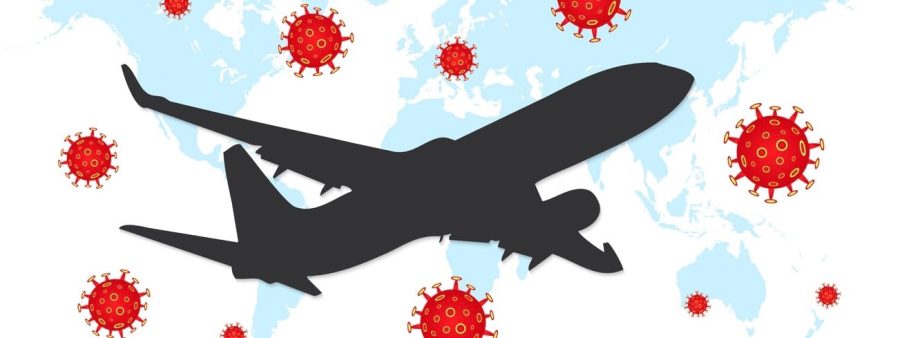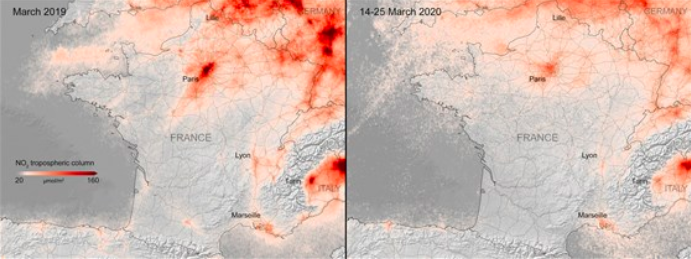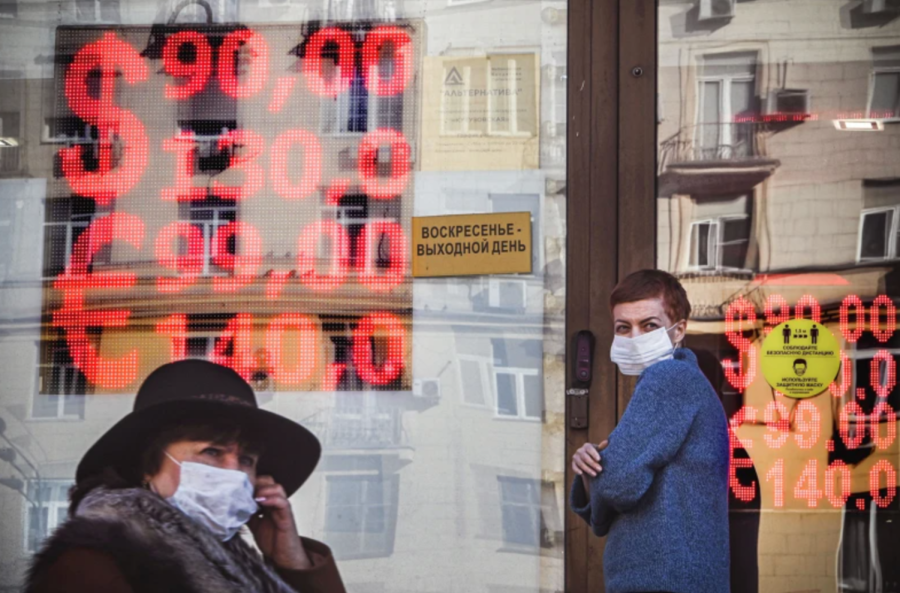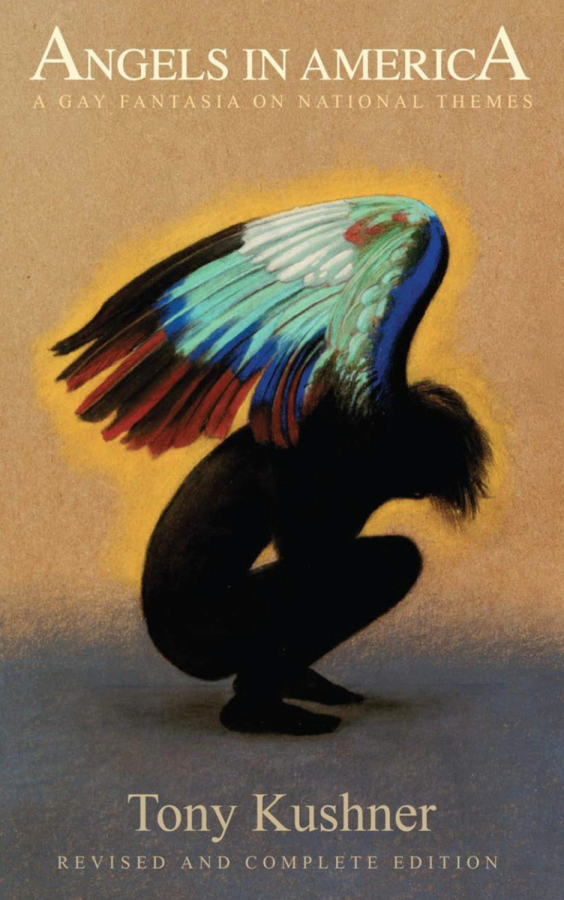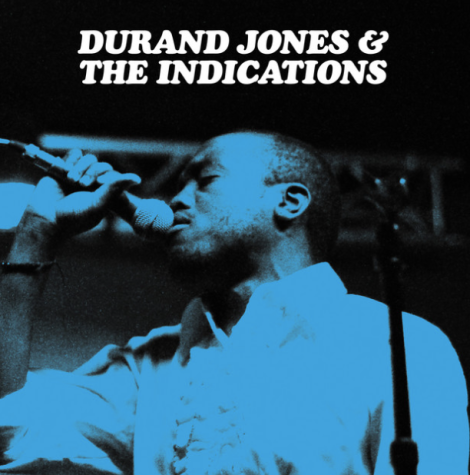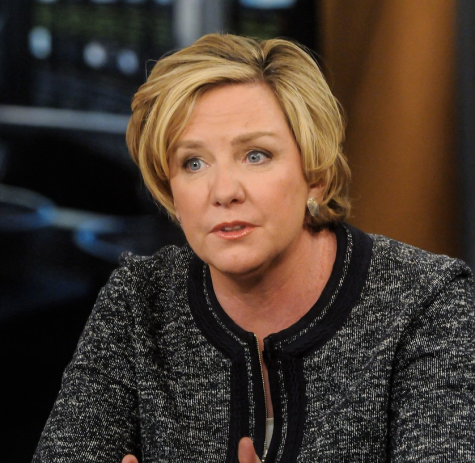The History of Ukraine, Quickly
To gain a more comprehensive understanding of the conflict, read this summary of the complex history of Ukraine.
In justification for his attack, Putin refers to Ukraine as a country constructed by the Soviet Union and is therefore not a real country. This claim is misguided and shows how Russian propaganda concerning Ukraine has a history going back thousands of years into the Viking era. Putin is framing his argument in a way to create a justification for his invasion while in reality, Ukraine has a complex and beautiful history starting centuries before the rise of the Soviet Union.
In the 4th and 5th centuries, a Turkish group invaded along the shores of the Caspian and Black seas and occupied territory that became Khazar Kingdom by the 7th century. Around the 8th-9th century, Viking slavers, called the Rus, came across this territory leading to a trading post called Kyiv. The Khazas in this territory converted to Judaism and merged with the Vikings to rule this territory. This territory remained occupied by the Vikings until the Mongols sacked Kyiv in 1240 and was taken by Lithuania. Lithuania eventually merged with Poland and the Ukrainian cavalry army rebelled against the elite in a religious war.
At the same time but on the northeast side, a new city named Moscow formed and separated itself from the Lithuanian empire as it began to fall apart. The people of Moscow used the Cossack rebellion to their advantage and began to gain territory. By the early 18th century, when the Muscovy territory settled with Poland-Lithuania, Muscovy falsely declared a common history with Kyiv and renamed themselves the Russian Empire, claiming they restored what had been taken away. This myth remains Putin’s backing for his invasion of Ukraine, discounting the early Viking and Asian history of the Ukraine.
By the early 20th century, the Russian Empire was in full force but became intertwined in World War I and lost its strength, resulting in Ukrainian attempts to establish an independent state. These attempts failed and the Russians went to war with themselves, pulling Ukraine in and fighting the civil war on their territory. When the USSR was created in 1922, it was a federation of national republics, including Ukraine.
In World War II, Ukraine was the deadliest place across Europe. Stalin introduced agricultural collectivization policies in 1933, which failed due to a bad harvest and the unrealistic nature of the policies. Stalin blamed this failure on Ukraine, leading to a terrible and completely preventable famine in Ukraine, killing as many as 4 million people.
When the fall of the Soviet Union eventually came, a sentiment for independence spread across Ukraine, and the Ukrainian people became hopeful about their new country. They entered a phase of building, starting their economy and political system from the ground up. On the 125th anniversary of Kyiv’s conversion to Christianity in 2013, Putin publicly began his rhetoric of the intertwined brotherhood between Ukraine and Russia. When Ukraine attempted to sign a trade agreement with the European Union in 2014, Putin lashed back and the president, Yanukovych, pulled out of the agreement. This led to widespread protests and his eventual impeachment. Ukraine signed the trade agreement under their new president, Poroshenko. These protests showed the enthusiasm of the Ukrainian people towards democracy and separation from Russia.
Ukraine’s history is related to Russia, but more complex than Putin makes it out to be. World War II and the Russian Revolution affected Ukraine, but in a completely different way than how they affected Russia and are seen completely differently when looked at through the Ukrainian lense. Ukraine’s history should be separated from that of Russia, and especially should not be interpreted in the way Putin is phrasing it. Learning about the history of Ukraine can help us understand the falsehood behind Putin’s claims and the deceptive narrative that he is creating.

When not writing for GAP, Charlotte loves talking and learning about politics, watching Gilmore Girls, eating sushi, and maxing out her credit card.




